ACTIVITY: Supporting Autistic Learners with a Memory Box Scavenger Hunt
June 13, 2023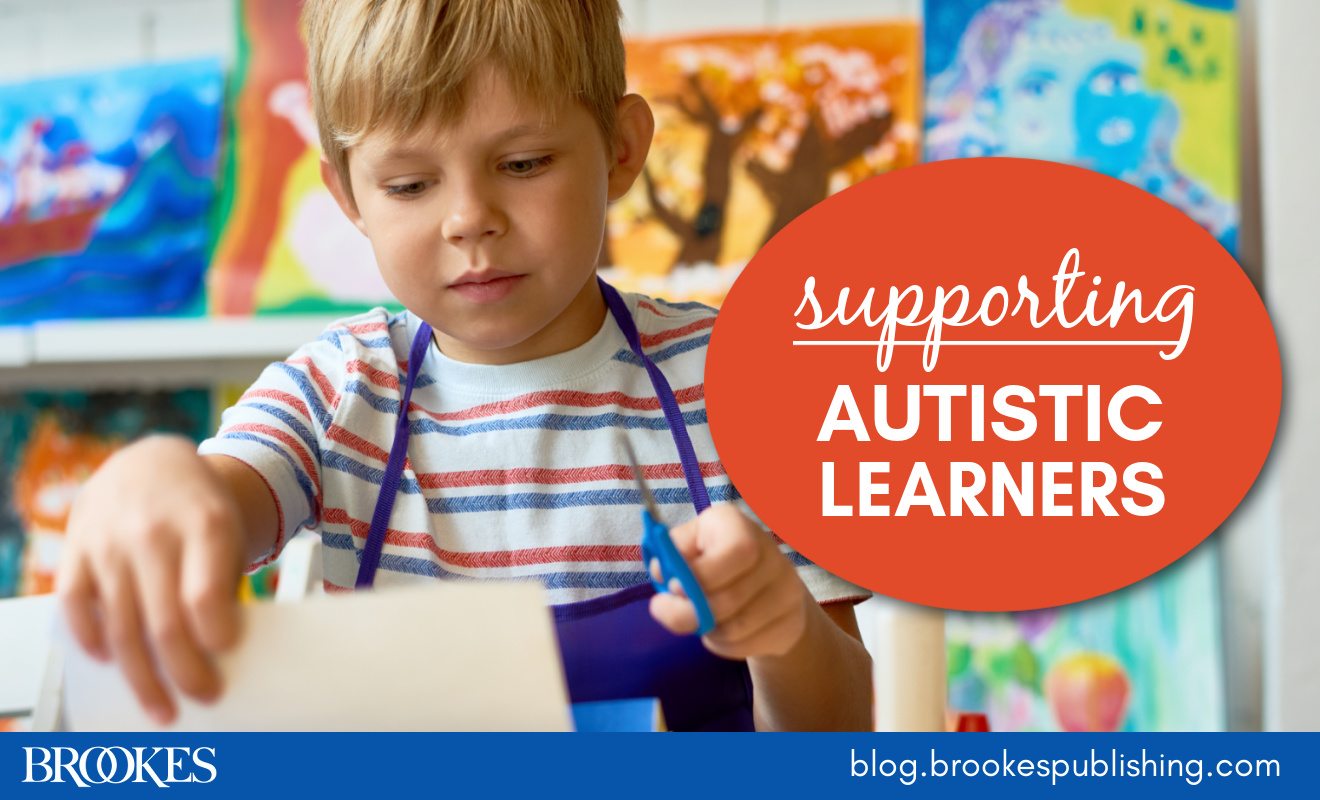
Autobiographical memory (ABM) is a type of long-term memory that holds information about ourselves and our past experiences. It’s key to social learning and social communication, and it’s often impaired in learners on the autism spectrum. (See this blog post to learn more about the link between autism, ABM, and social learning/social communication.)
Today we’ll take a look at an activity that can way to support autobiographical memory in autistic students using a fun multisensory approach. For this Memory Box Scavenger Hunt, excerpted and adapted from the book Supporting Social Learning in Autism, you’ll need cameras (one for each small group), a box for the group, and materials for drawing and writing.

Step 1: Picture Scavenger Hunt
For the scavenger hunt, a few small groups (two to three students per group) work together to find a list of objects belonging to specific categories. This ensures comprehension of the object category. The scavenger hunt can take place in a variety of settings, but wherever it is, rules about where the group can and cannot go should be explicit.
During the scavenger hunt, the group searches for objects from categories representing a range of characteristics (e.g., something colorful, something noisy, something rare). Before setting off on the hunt, give the group time to talk about the list, brainstorm a list of objects that could fit each category, and think about where they might find them. For each category, one object is identified by the group, written down, and checked off the list. A designated photographer takes a picture of the object.
When the picture scavenger hunt is complete, the groups reconvene and share what they found. Hold an informal, affirming conversation to compare and contrast the groups’ results and areas of agreement and disagreement (“Your group thought the lava lamp was soothing because of how it looked, and the other group thought the furry pillow was soothing because of how it felt”). A group may not always agree on some categories, and this may be especially true for those that call for subjective judgments (e.g., something special). The important point here is to ensure the understanding of the category and highlight the diversity of thought among students by reminding them that there are many correct answers, depending on perspective.
Step 2: Memory Box Introduction and Construction
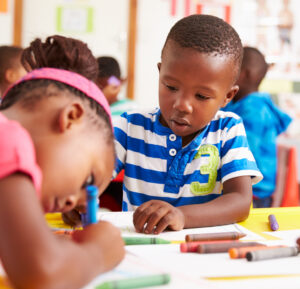 Students construct a Memory Box in Step 2. This activity can be introduced using instructions such as: “We are going to make a Memory Box. The box is like our brain because it’s a place where we keep our memories. We are going to build a Memory Box, and then we will find memories to put inside it.”
Students construct a Memory Box in Step 2. This activity can be introduced using instructions such as: “We are going to make a Memory Box. The box is like our brain because it’s a place where we keep our memories. We are going to build a Memory Box, and then we will find memories to put inside it.”
The Memory Box can be constructed in any number of ways. We recommend “Memory Box” prominently displayed on the box’s exterior, along with self-portraits of the people in the group who are participating in the activity. In keeping with the box–mind metaphor, this communicates that although memories are personal, they can also be shared with the group to make them collective knowledge. Students might write a few facts about themselves on the self-portraits (their name, their likes and interests).
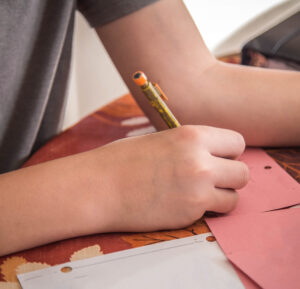 Step 3: Memory Cards and Reminiscing
Step 3: Memory Cards and Reminiscing
In this step, students are asked to recall personal experiences in response to a set of cue words. These cue words are the same as those used in the scavenger hunt. This is important because it ensures that the student understands the meaning of the cue word and has a memory to pair with a word.
Start by saying something like: “I am interested in learning about your memory for things that have happened to you. We’re going to look at a list of words. It’s the same list of words we used for the picture scavenger hunt, but instead of finding objects, we’re going to find memories.
“Look at the list of words and pick any three words you want. Write that word on the front of the card, and then write down a specific memory that goes with it. The memory could be from a long time ago or it could be from earlier today—that doesn’t matter! It could be something really important or not that important. Whatever you do, try to think of a memory about something that happened on one day. For example, if I say the word ‘party,’ it would be okay to write down ‘I had a fun time at Julia’s birthday party last week’ because that tells me something that happened on a specific day. But it wouldn’t be okay to write ‘When I go to parties, I have fun’ because that doesn’t tell me anything specific about a past experience of yours.”
Model this activity by completing a few memory cards of your own ahead of time. If a student gives a general memory (“My mom always tells me to clean my room”), offer additional prompting (“Do you have a story about a specific time when she asked you to clean your room? What happened?”). If the student is still unable to retrieve a specific memory, the student can pick a different word from the list. Alternatively, remind the student of the scavenger hunt and ask them to recount that specific memory (“What did your group get for the word ‘clean’ on your picture scavenger hunt? Can you talk about that?”).
After a memory is identified and written on the front of the card, the student draws the memory on the other side to support free episodic recall. Remind students the drawing doesn’t need to be perfect—it just needs to show the important parts of the memory.
***
Memory making activities like the one in this post help learners with autism encode memories in ways that meaningfully connect them to experiences and each other. These naturalistic, positive learning opportunities can be adapted in many ways to facilitate memory, social ties, and shared meaning-making across a wide range of activities, settings, and groups. For expanded instructions on the Memory Box Scavenger Hunt and other memory-making activities, see the book behind today’s blog post!

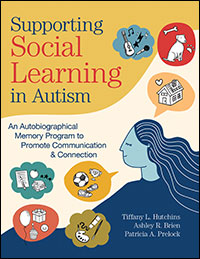
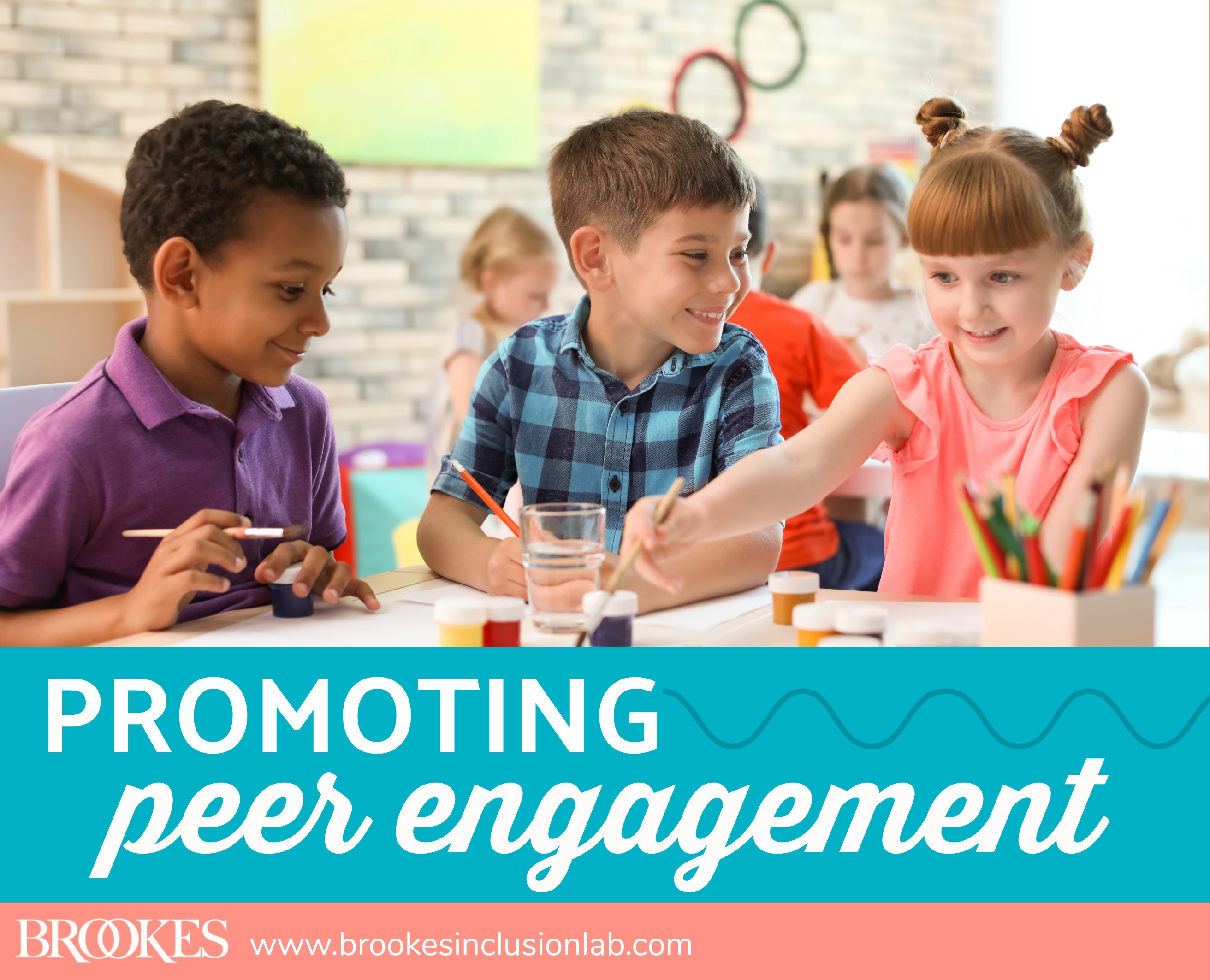
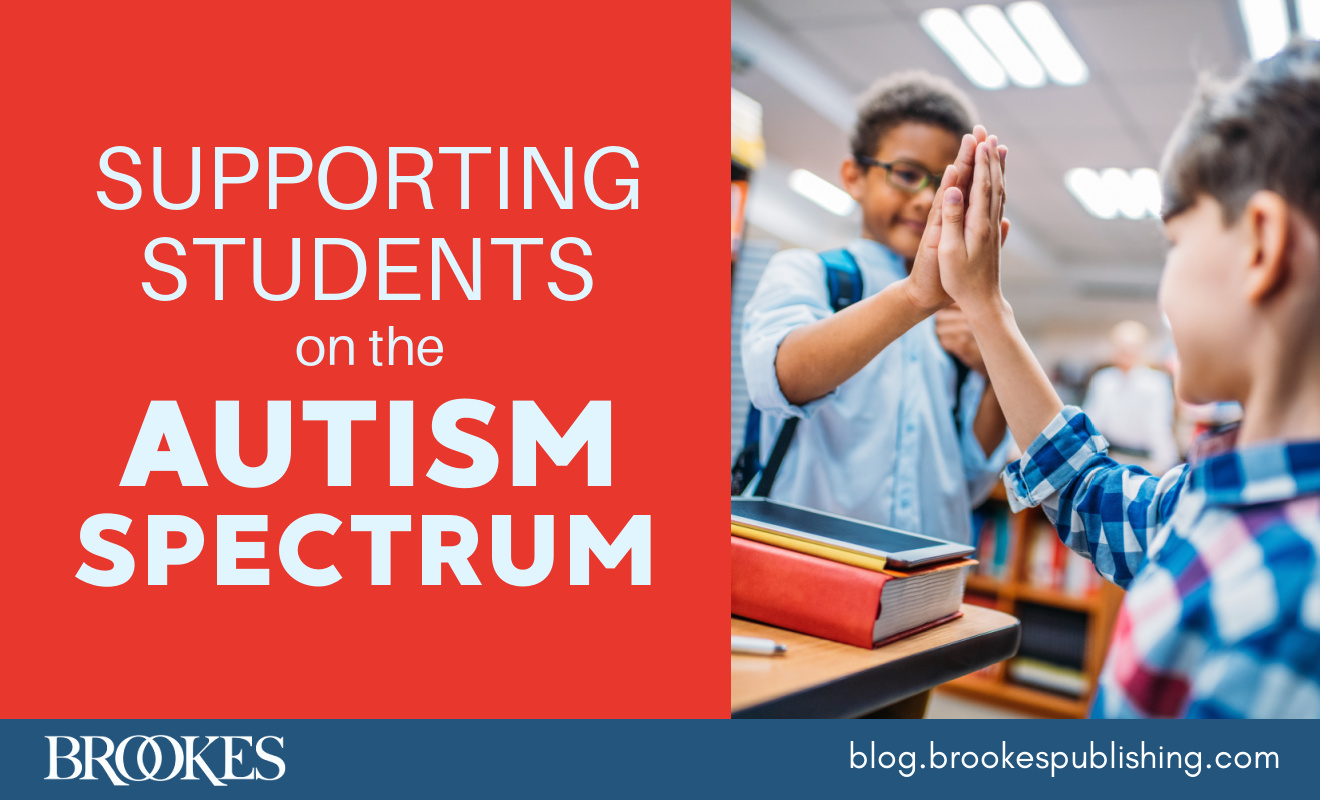
Write a Comment
Your email address will not be published. Required fields are marked *
Post a Comment